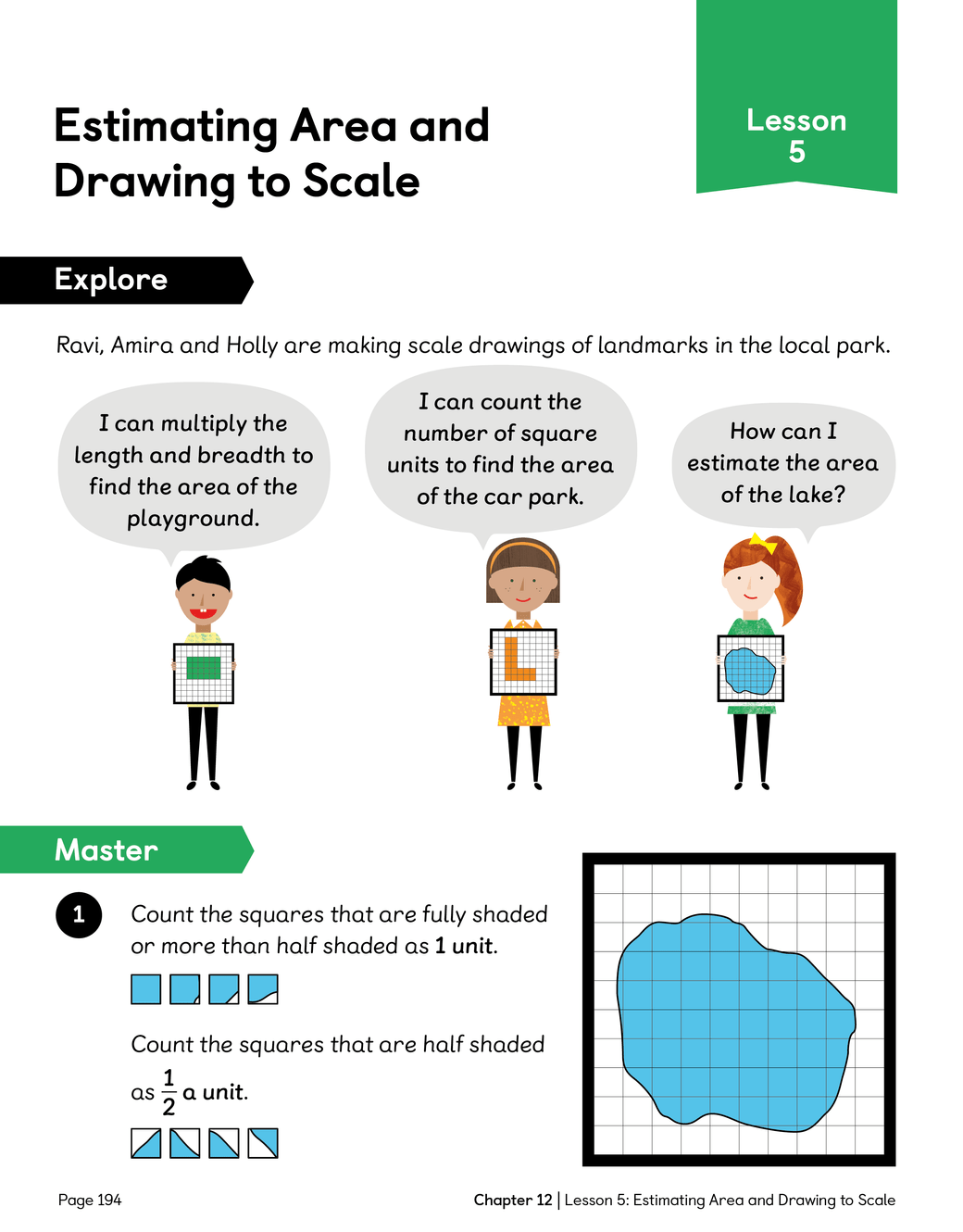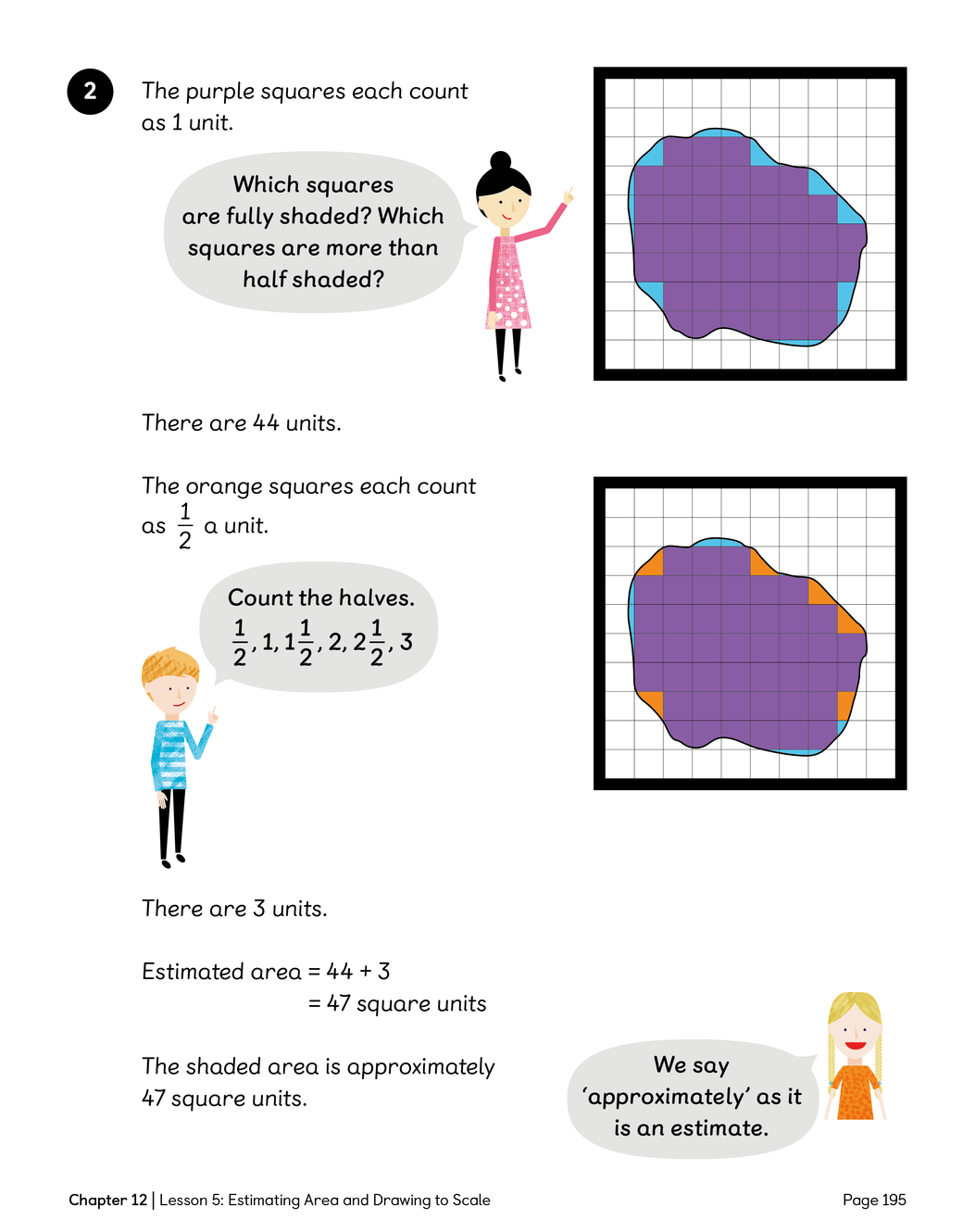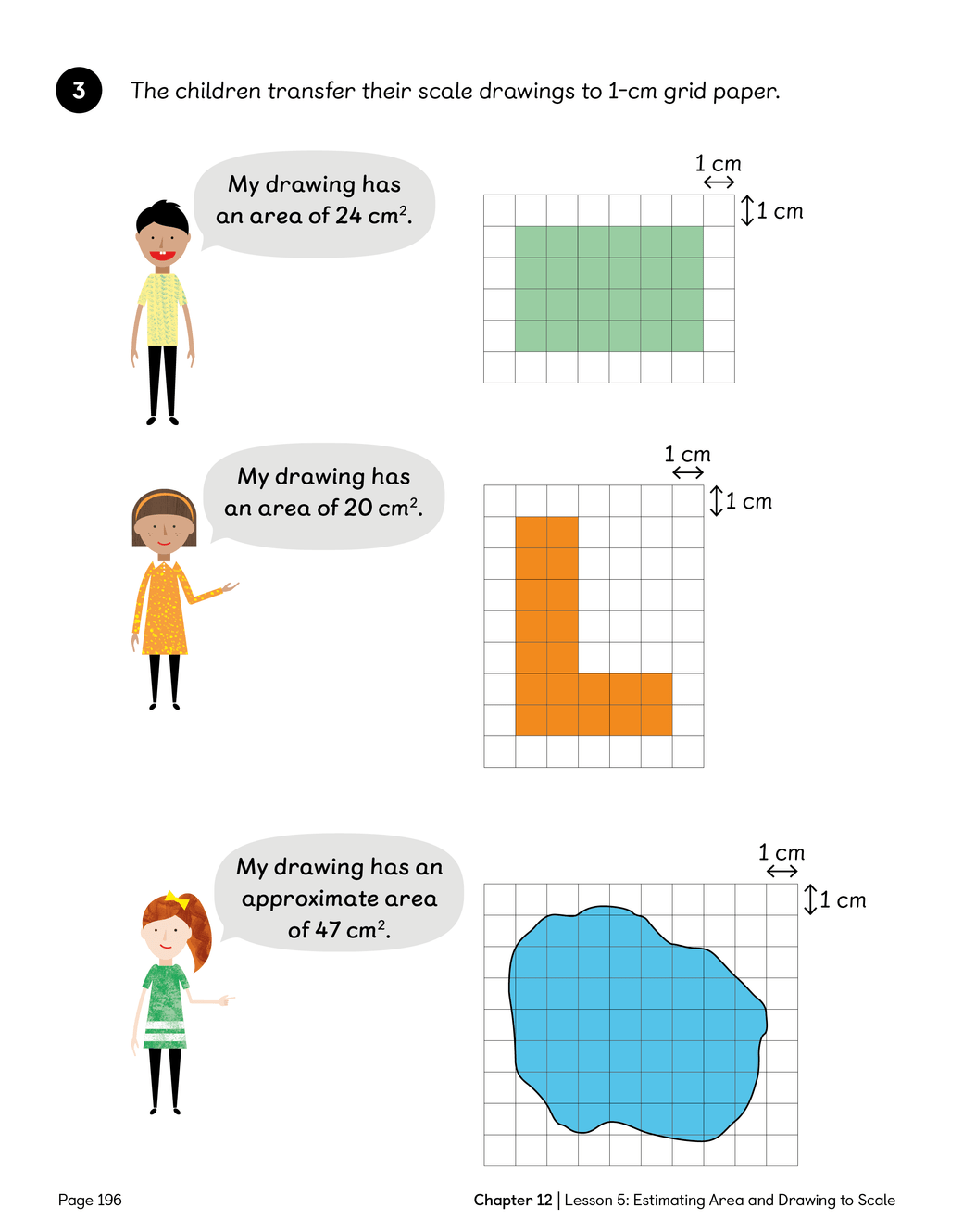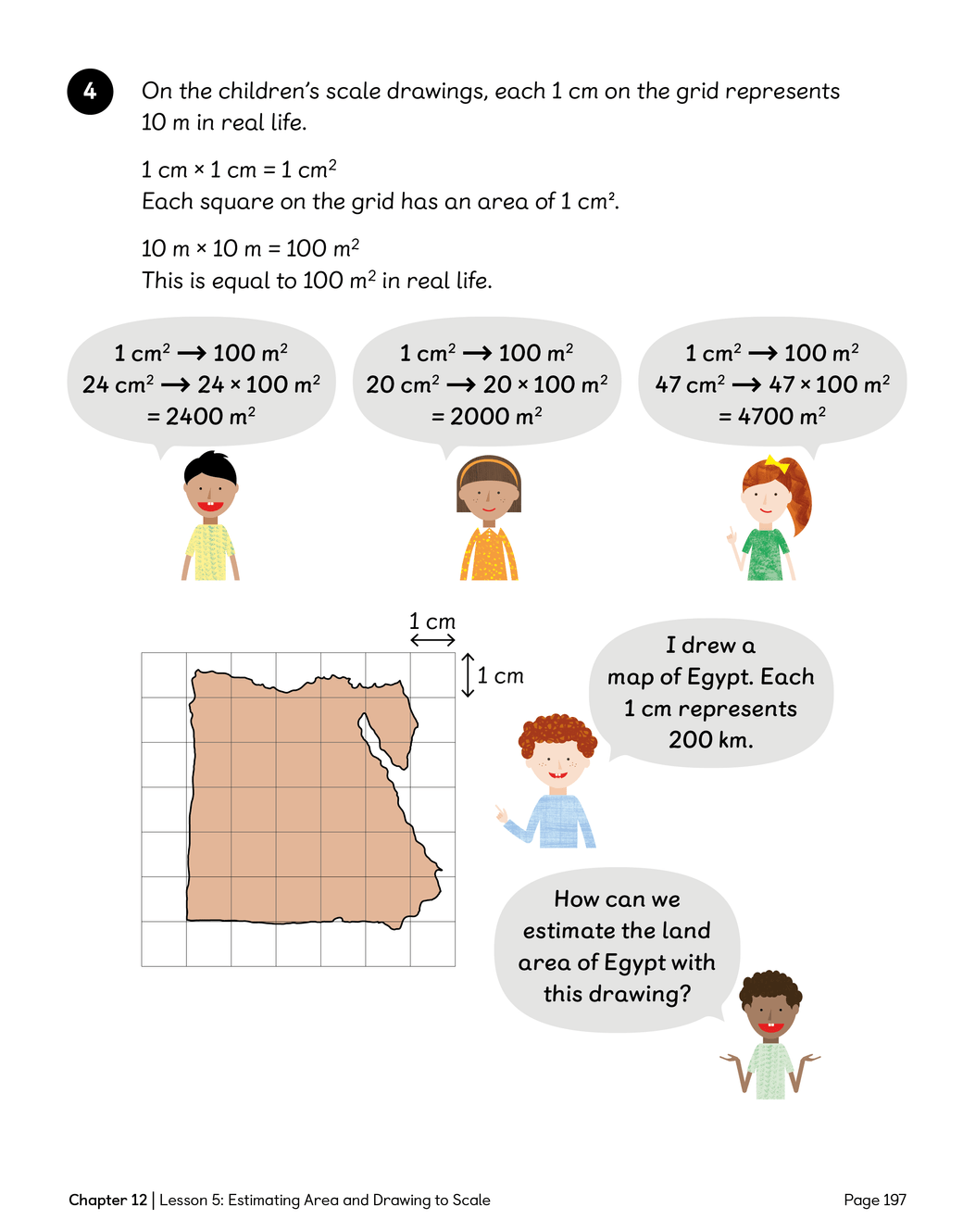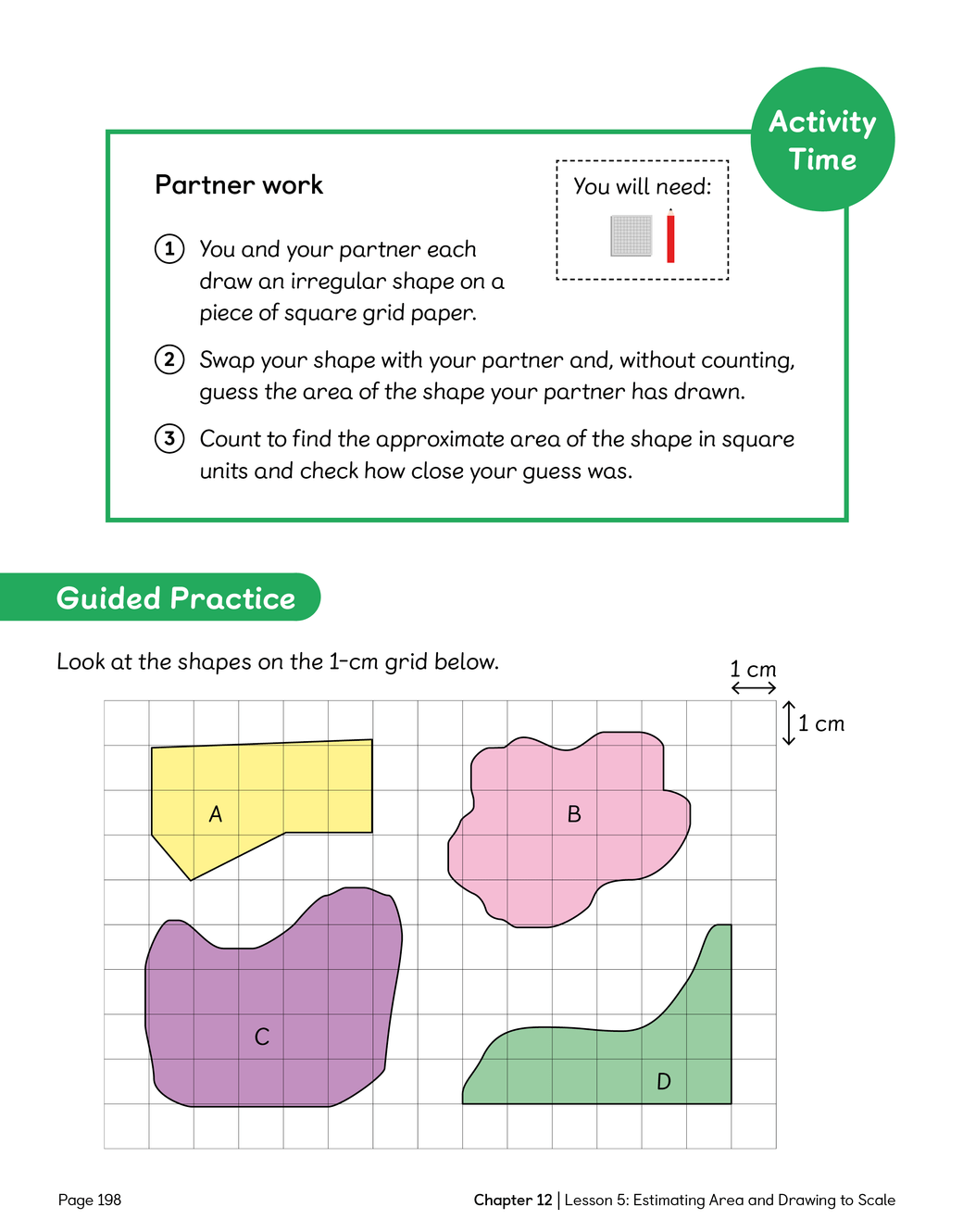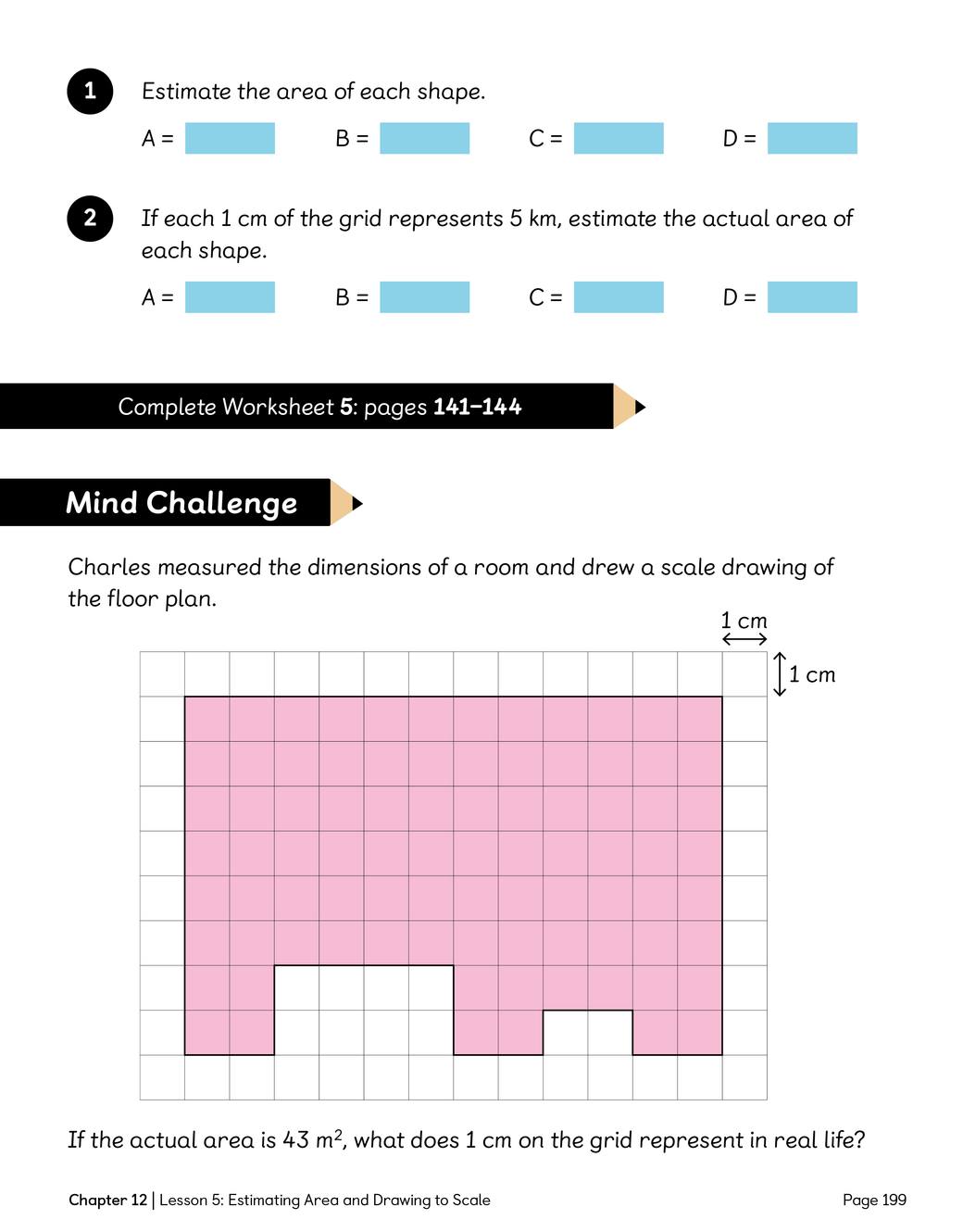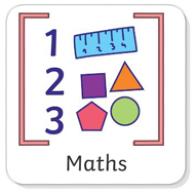Thursday 26th June
LC: to note and develop initial ideas drawing on reading
Let's rehearse the story map.
Do you remember the actions we chose?
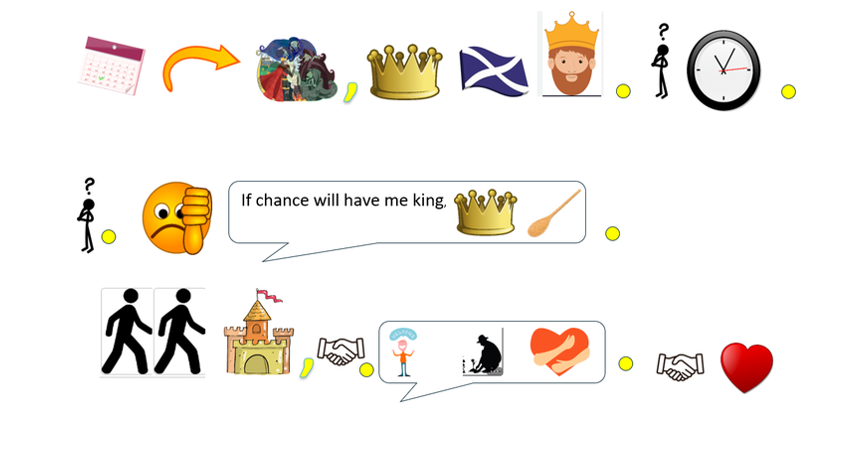
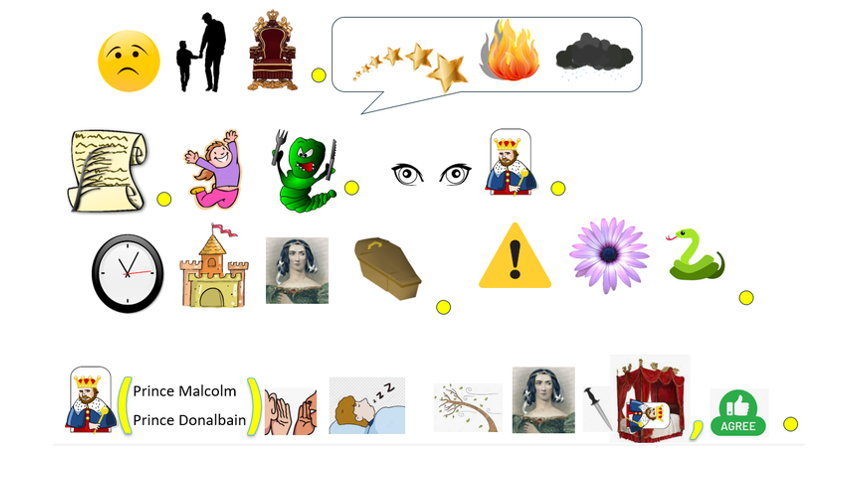
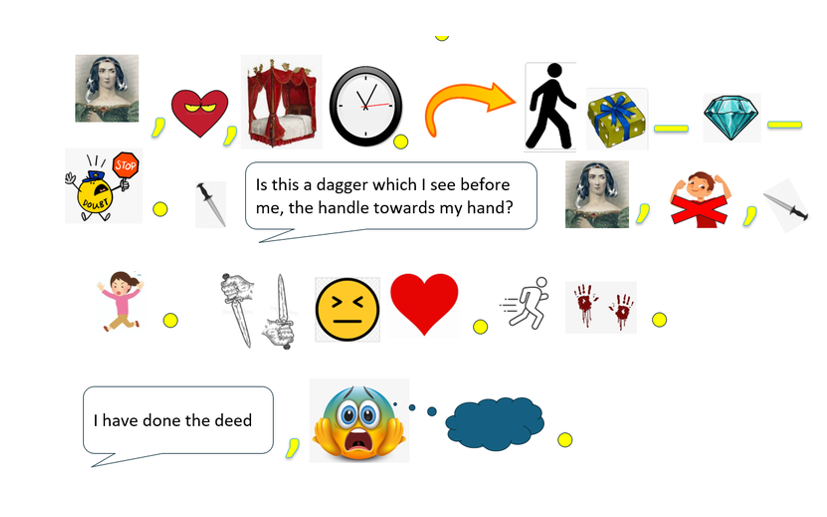
We are going to plan our model write.
You will write about the murder of Banquo for your model.

Your teacher will write about Macbeth and Banquo meeting the witches on the heath for the first time.

As your teacher completes her plan to retell the meeting of the witches,
YOU should complete YOUR model plan to write about
the murder of Banquo.
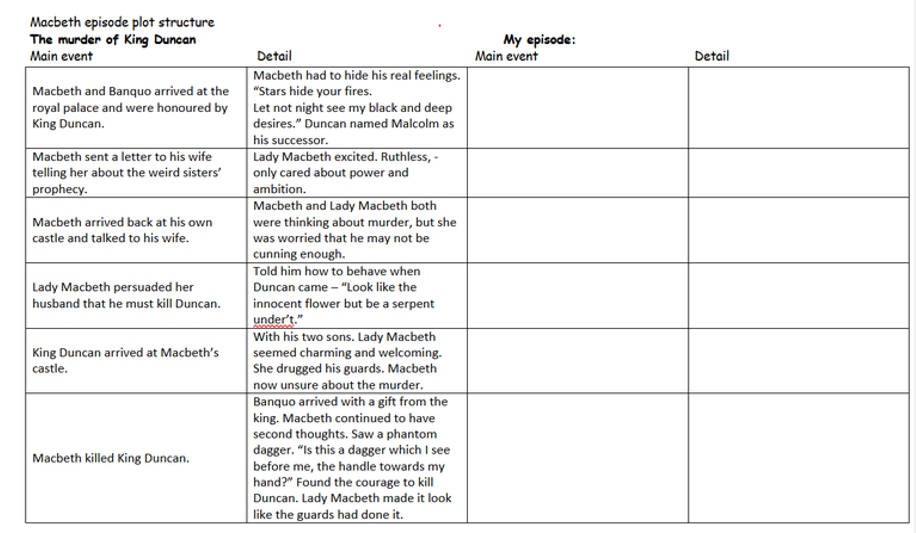
Here is a reminder of the plot to help you:
ACT 2
Scene 1: Lady Macbeth’s chamber
LADY MACBETH: All I ever wanted was for him to be king. Now that he is, I wish it had never happened. Not this way.
Enter Macbeth.
MACBETH: Are you ready, my queen? We should go down.
LADY MACBETH: What are you up to? Tell me.
MACBETH: Don’t worry. I’ve got things sorted. Just wait...
LADY MACBETH: I can’t go on like this.
MACBETH: You won’t have to. Soon it’ll be night, and in the night, anything is possible.
LADY MACBETH: What do you mean?
MACBETH: Best you don’t know. Trust me.
Scene 2: The Heath
Banquo and his son Fleance have been hunting and are on their way back to Dunsinane…
FLEANCE: Are we nearly home, Father?
BANQUO: Not far now. I can see the lights of the castle.
Enter the Assassins.
|
ASSASSIN 1: My lord Banquo, is it not?
BANQUO: It is. Do you come from Dunsinane?
ASSASSIN 1: We do!
BANQUO: Looks like rain tonight.
ASSASSIN 2: Worse than rain, for you!
The Assassins jump at Banquo, knocking him to the
ground.
BANQUO: Run, Fleance! It’s a trap!
Fleance runs. The Assassins use their swords to kill
Banquo.
BANQUO: Argh...
ASSASSIN 1: He’s finished. Quick. Get the boy.
ASSASSIN 2: No use. He’s too fast. Gone. We’ll never catch him.
ASSASSIN 1: Hmm. That’s not good. There’s a feast for the King to- night. We’ll have to tell him there.
ASSASSIN 2: That’ll spoil his party.
ASSASSIN 1: I hope it doesn’t spoil ours too. Come on...
Scene 3: The great hall at Dunsinane
A banquet has been prepared. Seated are Ross, Lennox and various noblemen and ladies.
SERVANT: All rise for the King and Queen!
Enter Macbeth and Lady Macbeth, regally.
ALL: Macbeth! Macbeth! Macbeth!
Macbeth leads Lady Macbeth to a seat.
MACBETH: My lords and ladies, welcome! Tonight we will forget the sad past and think only of the future. So eat, drink and enjoy!
As the lords and ladies take their seats at the table a
servant comes to Macbeth and whispers in his ear.
SERVANT: My lord...
MACBETH: Yes, what is it?
SERVANT: The two ... gentlemen ... they have returned.
MACBETH: What!
SERVANT: They wish to speak with you. Over there, by the door.
MACBETH: (To the servant) Ah, yes.
(To all) Some urgent business I must deal with.
I shall return.
|
Macbeth walks over to the far side of the hall where the
Assassins wait in the shadows.
MACBETH: Idiots! There’s blood on your face.
ASSASSIN 1: It’s Banquo’s.
MACBETH: Good. Better on you than in him. Is he dead?
ASSASSIN 1: Snick snack.
ASSASSIN 2: Clickety-clack.
MACBETH: Excellent! What about the boy, Fleance?
ASSASSIN 1: Ah.
ASSASSIN 2: Well.
ASSASSIN 1: Bit of a problem there...
ASSASSIN 2: It was very dark...
ASSASSIN 1: And the light went out...
ASSASSIN 2: And unfortunately...
ASSASSIN 1: ...the boy escaped.
MACBETH: What? You let him go? Fools! Idiots! Never
mind, at least Banquo’s dead. And we can sort
the boy out tomorrow. Now get out of here!
ASSASSINS: (Going) Your Majesty.
The Assassins leave.
LADY MACBETH: My royal lord! What are you doing in the shadows there? Come, join us. We need our host!
MACBETH: Of course, my lady. (He pauses) But the table’s full...
LENNOX: Here’s a place, sir.
MACBETH: Where, Lennox?
LENNOX: Here, my good lord.
Macbeth sees the ghost of Banquo occupying a seat and staggers back.
MACBETH: Which one of you has done this?
LORDS: My lord, what’s the matter?
MACBETH: Get away from me! I didn’t do it! It wasn’t me!
ROSS: Gentlemen, rise - the King is not well.
Lady Macbeth rises and goes to Macbeth’s side.
LADY MACBETH: Please, everyone, stay. This is just ... an illness. The King has suffered from it since he was a boy. Don’t worry, it will go away. (Whispering to Macbeth) What’s wrong with you? Are you a man or what?
MACBETH: Can’t you see it? The devil himself would be scared.
LADY MACBETH: Oh, yes! Like the dagger in the air you told me about. Look, it’s just a stool! You’re seeing things.
The ghost disappears.
MACBETH: What? It’s gone!
LADY MACBETH: It was never there!
MACBETH: No? Right. Please, everybody, forgive me. I am
not myself this evening. We shall have a toast!
ALL: A toast! A toast!
MACBETH: To absent friends.
LENNOX: To Banquo!
MACBETH: Yes, why not? To Banquo!
ALL: To Banquo!
Again Macbeth think he sees Banquo
MACBETH: Argh! It’s here again! Get back to your grave, you fiend!
LADY MACBETH: My lords, ladies. I’m sorry, the King is not well. Please, leave us now. Good night.
The guests exit.
ALL: Goodnight.
LADY MACBETH: You need sleep, my Lord.
MACBETH: Macduff wasn’t here tonight. Did you notice?
LADY MACBETH: Macduff? What are you talking about?
|
MACBETH: He’s plotting I’m sure. Tomorrow, I’ll go to the Weird Sisters again, find out what else is in store. This isn’t over. I’ve stepped in so much blood it’s easier now to spill more than to go back.
LADY MACBETH: Come. Let’s get some sleep.
Let's watch the video of the murder of Banquo again.
As you watch, make notes on your whiteboard of 6 plot points for your plan.
/i/video/5_-_A_Trap_for_Banquo_Act_2_Scenes_1-3.mp4
LC: To be able to find the area of rectilinear shapes.
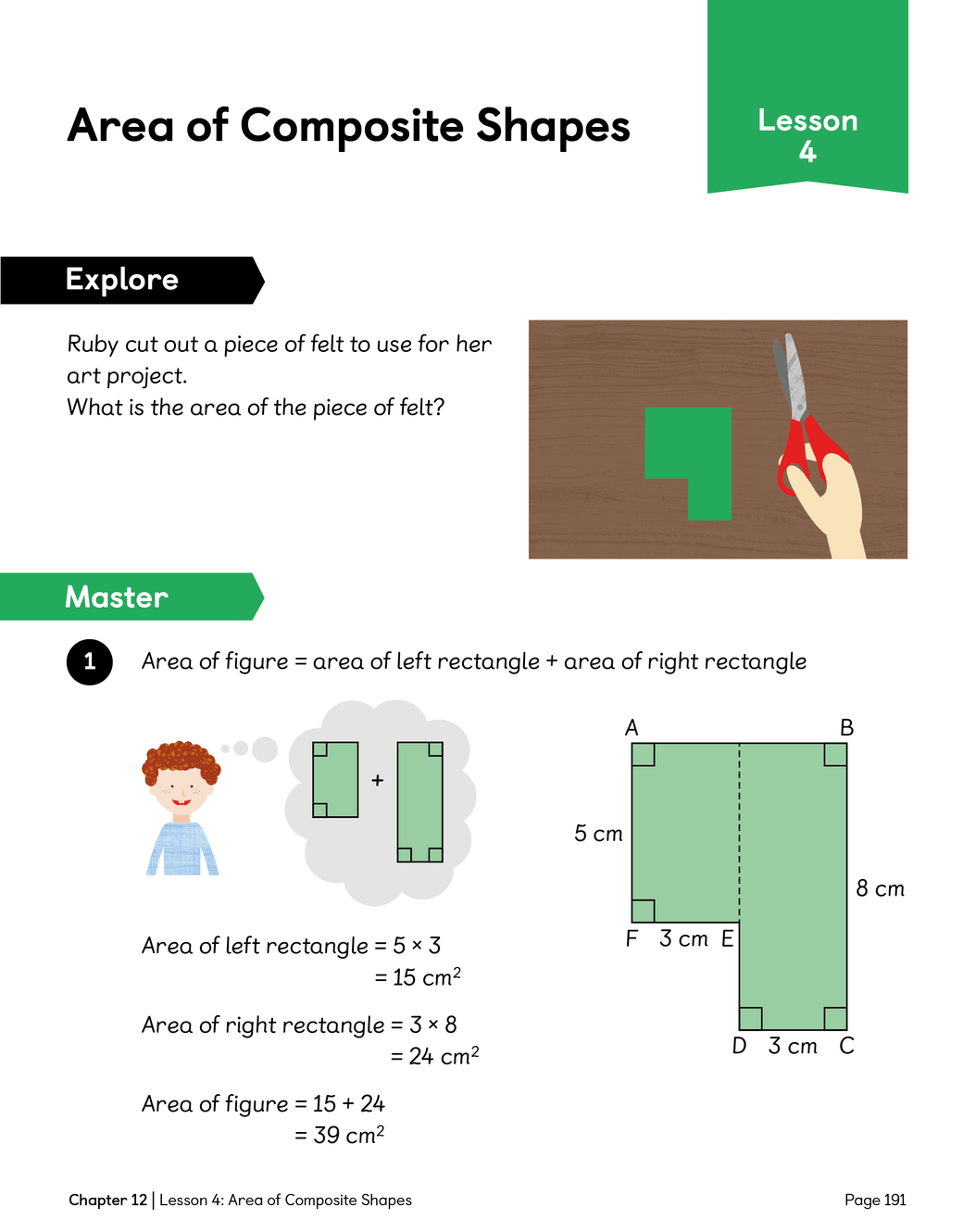
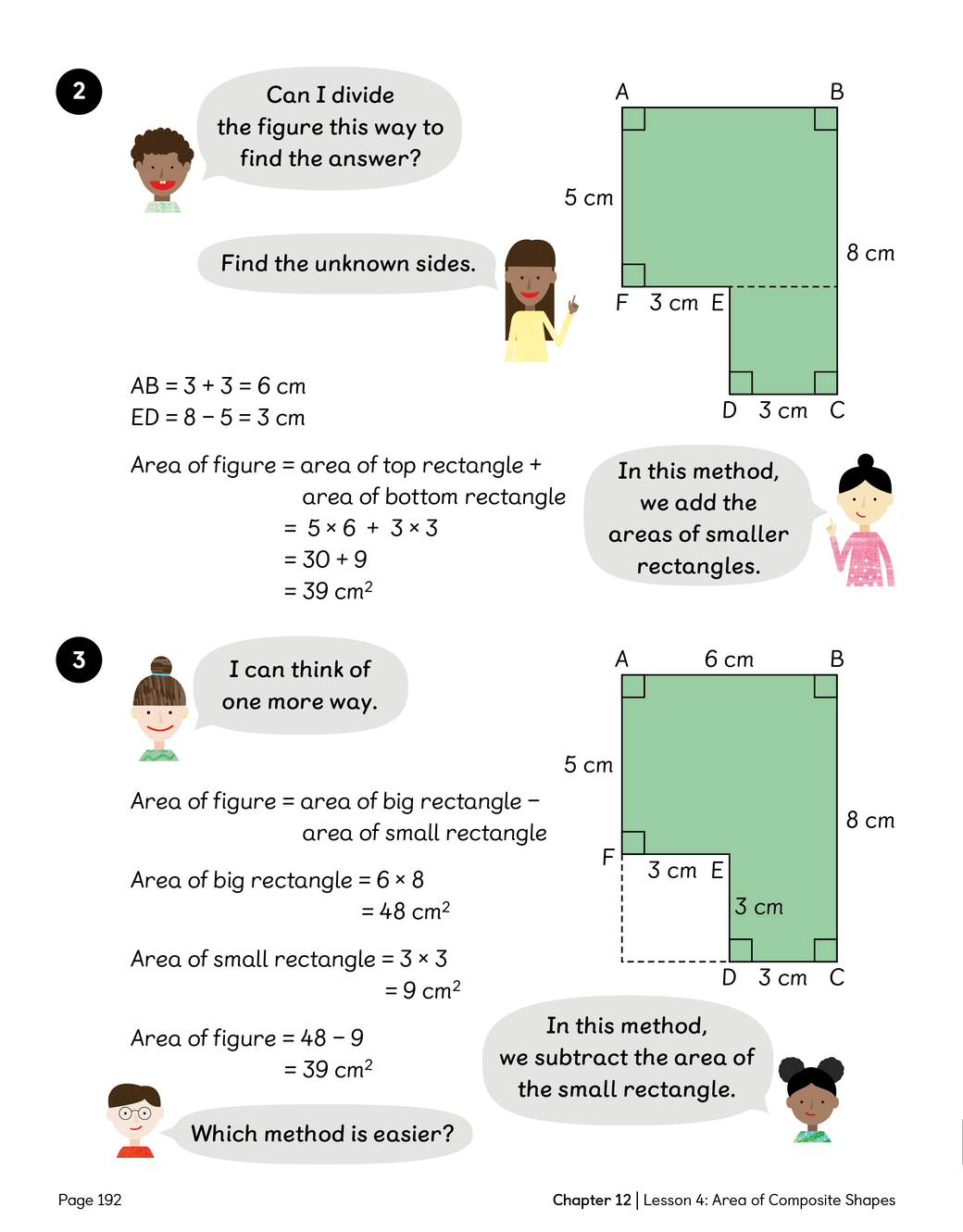
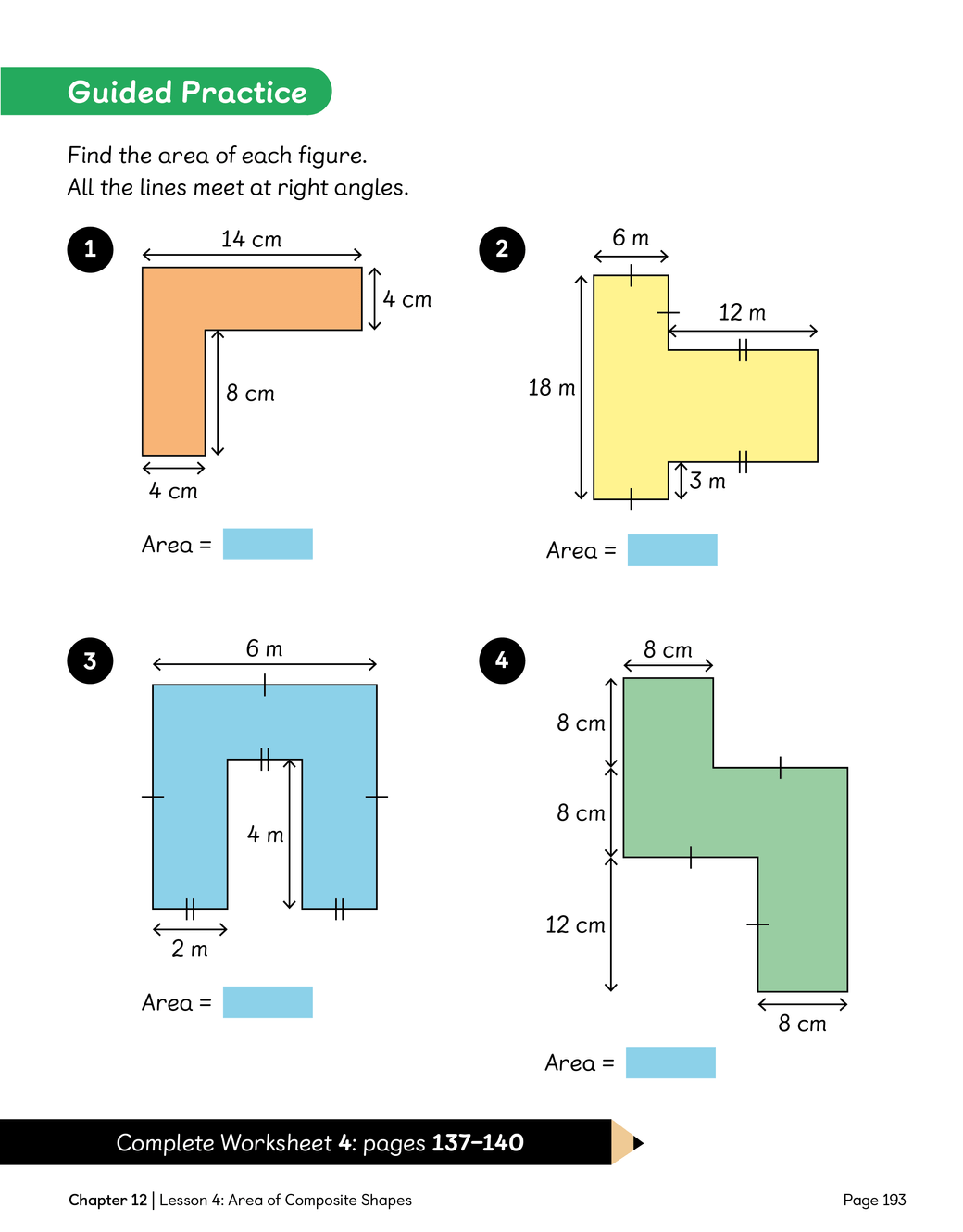
Complete the RIC.
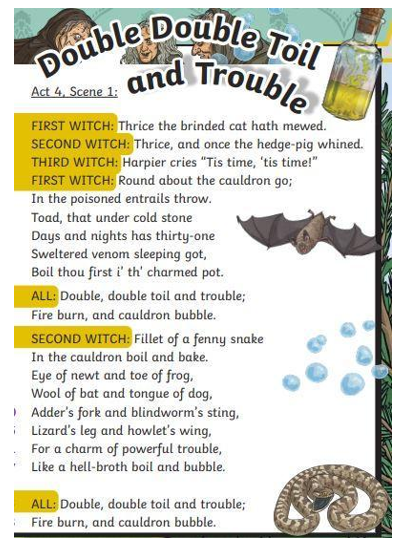
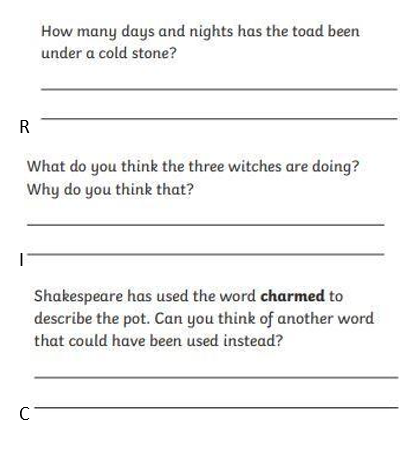
LC: to know how the author's choice of language affects the reader and builds tension
Today we are going to be identifying devices writers use to create tension.

Remember - Tension is something that writers use to create a problem in their stories.
Tension means feeling worry, fear, nerves or pressure.
You can also create tension between characters if they argue.
As you read the text again, think about
how the writer has shown the reader
that Alice was scared.
What did her body do?
Nothing moved. Cogston House was as silent as the grave. Perhaps the only thing worse than hearing her best friend desperately calling her name was being alone in this endless quiet. Alice’s eyes searched through the darkness, scouring the corridor which faded into more murky gloom. She could make out the hallway right in front of her, the door opposite, and beyond it, the enormous winding staircase. As she
looked, blinking through the tears which had begun to stream hopelessly down her face, she was met with a sight at the top of the staircase which all but turned her to stone... Something was moving.
Alice watched. Her heart was in her mouth and her breath came in sharp, rattling gasps.
Descending the stairs one careful, agonising, creaking step at a time, a hunched silhouette shuffled out from the darkness...
To build tension, descriptions should appeal to the reader’s senses.
Highlight the
- sights
- sounds
- feelings
Instead of writing ‘walked’, exciting synonyms are used to show the reader exactly how the man was moving.
1. Find and copy the words the writer uses to show the man moving.
2. Why is it scary?
The describing words in this extract are interesting and imaginative.
3. Find and copy two adjectives
4. Why do you think it is important to describe events in detail?
The author also uses imagery.
Imagery means any description which works to conjure up an image in the reader’s mind.
5. Find examples of imagery (similes and metaphors)
Onomatopoeia also helps to immerse the reader in the story.
Try saying these words and make them sound like the noise they describe –
rattling
creaking
shuffled.
Now let's complete our suspense and tension toolkit.

LC: To be able to estimate the area of irregular shapes drawn on a grid.
